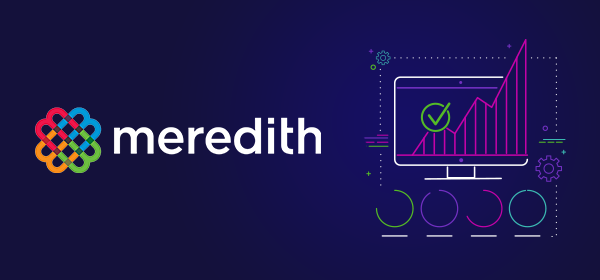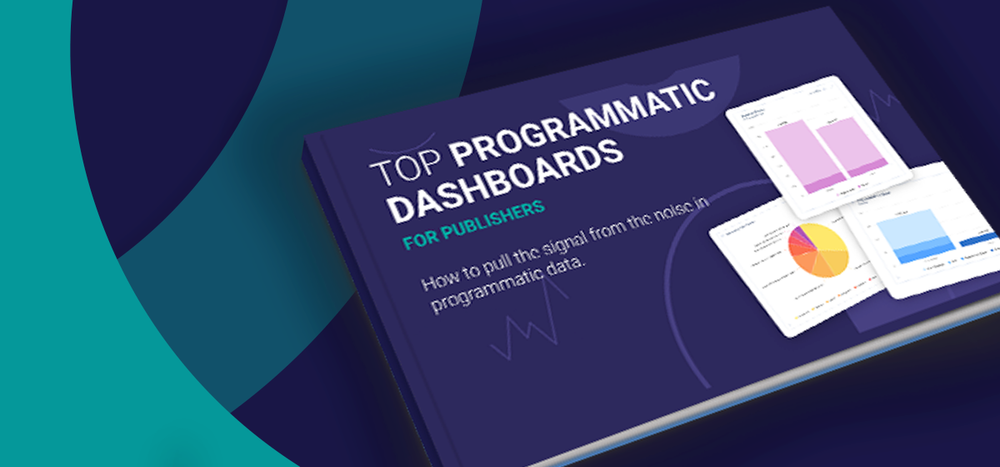Programmatic is starting to really change the game of how advertisers and publishers are buying digital ad space. According to eMarketer’s most recent estimate, in 2017, programmatic display spending will hit close to $33 billion. More advertisers and publishers are shifting toward programmatic as they better understand its potential and power. It can be the more efficient and much faster way of purchasing digital ad space, as well as precisely displaying effective ads to their intended target audiences.
While direct sales ad operations is still the leading method when it comes to digital online advertising, programmatic is not too far behind as more publishers are discovering ways to apply the method within their already existing direct sales business model.
Over the years, understanding how the two differ from one another has not always been clear. People in the industry, especially publishers, are still asking how it works and if it’s effective or worth the move. Due to this unfamiliarity, this article will seek to pinpoint and resolve this confusion by providing exactly what makes these two methods different from each other.
First, let’s define the two. Direct ad sales involves manual human negotiations, usually made by in-house sales teams. This method’s inventory is almost always guaranteed and typically deals with agencies. Inventory is guaranteed to be delivered at a set point and fixed price.
On the other hand, programmatic is the opposite. It does not involve human negotiations. Rather, it uses advanced technology and relies on complex algorithms to deliver advertisements in a contextual and sophisticated manner.
4 Key Differences Between Direct and Programmatic
There are many differences between direct sales ad operations and programmatic advertising, so we’ve distilled them down to a list of four primary differences.
1. The Method
Direct: manual
Programmatic: automated
Direct sales is completely manual. In other words, it is a very involved process run on maximum human effort in terms of satisfying client needs, negotiations, and back-and-forth communication. This calls for significant time and money as well as the inevitability of human error within the process.
On the other hand, programmatic sales uses algorithms to purchase ads. Since it is primarily run by technology, communication between involved parties is dramatically decreased. While there are some manual processes that must be involved, it doesn’t nearly compare to the amount produced by direct sales ads. This saves time, money, and of course reduces the tendency for human error to arise. Since it is a faster method, many of the components of a campaign process, such as reporting and optimization, can be tended to almost immediately.
2. Audience Exposure
Direct: ad inventory
Programmatic: audience
This is perhaps the most central difference between direct and programmatic sales. In direct sales, impressions are sold to clients who are willing to have their ads seen in a specific context such as on a website/platform like Facebook. Advertisers who care about where the placement of their ads go may also be more inclined to pay higher prices in order to guarantee such inventory.
Programmatic differs from this in that each impression is taken, profiled, and evaluated in the nanosecond a page takes to load. Simultaneously, an auction occurs and the highest bidder is chosen to place his or her advertisement in the space. In direct sales, advertisers pay only for where their ads appear, while in programmatic, advertisers bid for their targeted audience.
3. Predictability of the Amount of Sales
Direct: pre-sold (guaranteed)
Programmatic: real-time bidding (RTB) (non-guaranteed)
This is another difference emphasized again and again in articles about direct sales versus programmatic sales.
In direct sales, essentially, a package of ad inventory is sold to a client or clients at a predetermined, fixed CPM rate, which will be delivered at some time in the known future. This makes direct sales “guaranteed” while also “guaranteeing” inventory for clients. Direct sales are very predictable because the pay exchange is known ahead of time and advertisers are basically paying for the certainty that ads are being delivered to specific audiences.
Again, programmatic is executed with RTB. Auctions occur for every individual impression, and advertisers never stop bidding. This creates a dynamic, and, in contrast to direct sales, unpredictable and non-guaranteed marketplace.
4. How Pricing Differs
Direct: fixed (CPM)
Programmatic: dynamic (eCPM)
Since bulk purchases are bought by advertisers in direct sales, the price is almost always a fixed CPM. Prices are typically priced the same regardless of the range of ad exposure across audiences.
Programmatic holds individual auctions for each impression, which means prices for those impressions can significantly vary. For example, an advertiser would be willing to pay a very high price if he or she really wants a specific impression. This is what is meant by eCPM in programmatic: effective CPM.
The Effect of Programmatic on Publishers
It has been evident that programmatic tends to scare publishers. One concern is that programmatic may overpower, or even eliminate, their existing sales teams. A second concern is that the programmatic method could lessen the value of their inventory.
However, the main problem actually may not even lie within either of these two concerns. Rather, it is due to a lack of understanding of the very different processes involved in direct sales and programmatic sales. It’s crucial that publishers fully grasp how the two methods differ from one another and the question may not be, “Which method is better?” It actually may be, “How can one or the other, or both, be strategically used together, to complement one another and produce the best results and revenue?”
The use of programmatic data is an increasing trend among publishers. Data, matched with programmatic sales, is key for publishers to strengthen relationships with brands in a more strategic and performance-driven, results-based, fashion. To put it simply, when publishers have the backings of useful data, relationships with their clients thrive. Applied data allows publishers to identify what really engages an audience, detect areas where improvement can be applied, and provides the opportunity for new and more effective ways of targeting audiences such as social placements. Publishers willing to overcome their skepticism by truly understanding programmatic and its vast potential in the marketplace are benefitting from the strategic, diverse implementation of both programmatic and direct advertising data management.
Guest article by Claudia Barbiero: A database administrator and marketing specialist, Claudia has supported top pharmaceutical and healthcare organizations, such as eHealthcare Solutions, specializing in digital advertising and marketing to connect niche audiences with premium brands.






